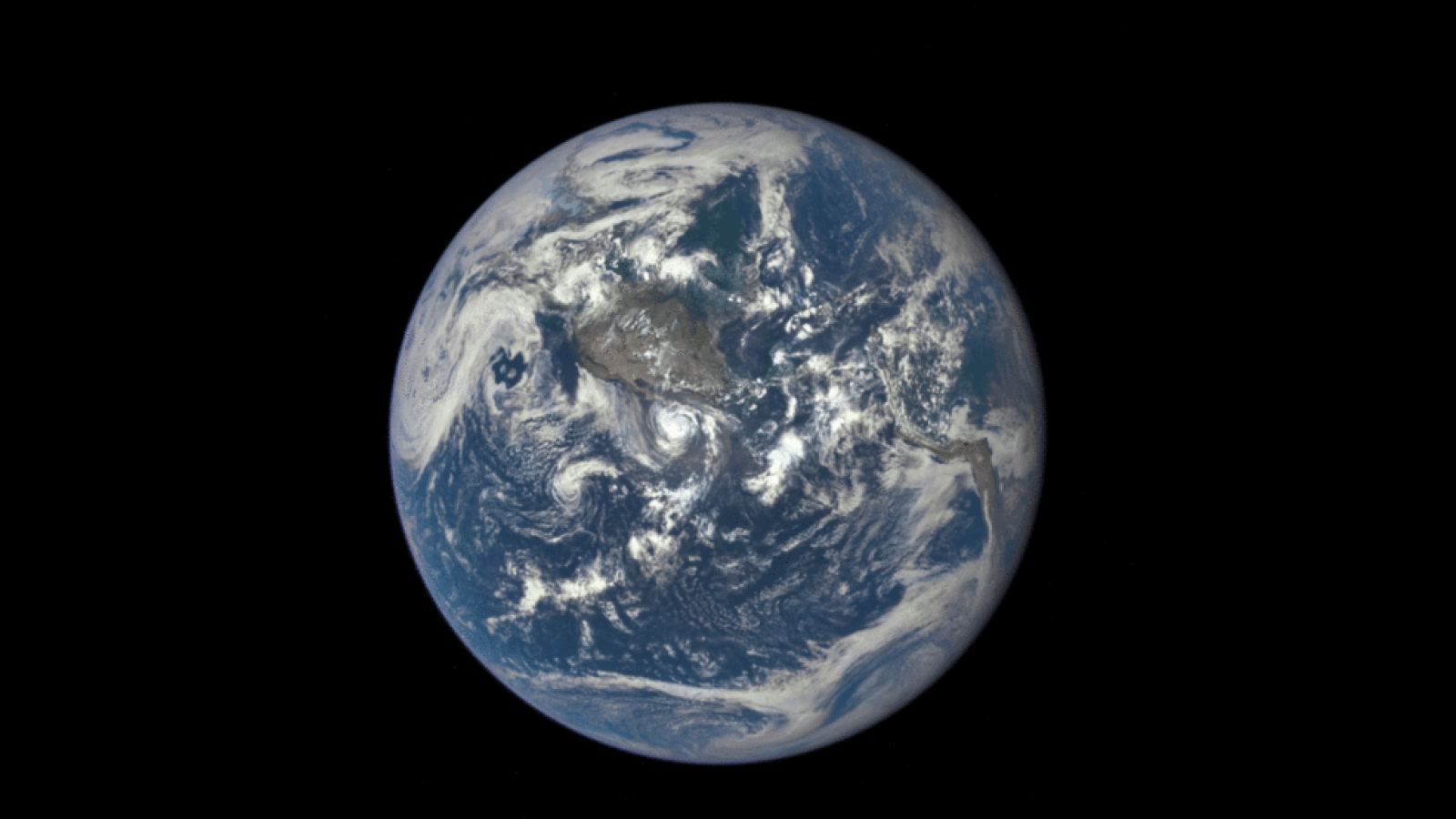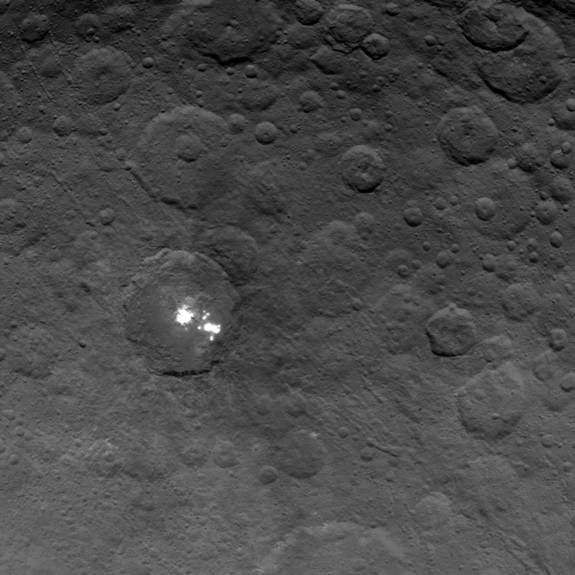Aug 5, 2015
Watch the Moon cross in front of the Earth, as seen from a million miles away
Posted by Sean Brazell in category: space
A thing of beauty!
We all need a little cosmic perspective from time to time, and this is as good as it gets. NASA has released this truly stunning GIF of the Moon passing in front of the Earth. The image sequence offers an unprecedented look at the relationship between the two planetary objects, and also gives a detailed look at the rarely seen far side of the Moon.
The resulting GIF is so amazing that it’s almost unbelievable, but the images are completely real. The whole sequence was taken by the Earth Polychromatic Imaging Camera (or “EPIC,” a wonderfully appropriate acronym) on the DSCOVR satellite that was launched in February.

















